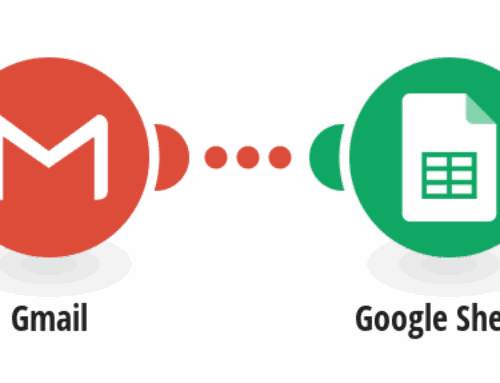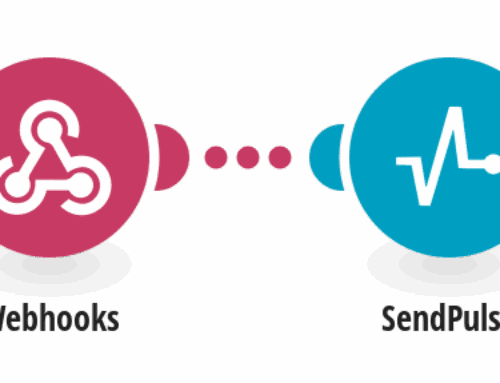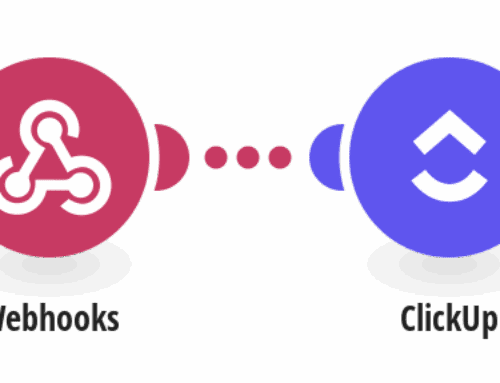Get the Minimum Weather Temperature of the Week on Your Android Watch
Introduction to Weather Monitoring on Smart Devices
The evolution of smart devices has made it easier than ever to stay informed about the weather. These handy gadgets keep you updated with real-time information right at your fingertips—or, in this case, your wrist. Gone are the days when we relied solely on TV forecasts or newspaper weather pages.
With Android watches becoming increasingly popular, the incorporation of weather applications within these devices is no surprise. They provide a convenient way to check the weather, helping us plan our day accordingly. One fascinating feature you can have on your Android watch is monitoring the minimum temperature for the week. But how does it all work? Let’s dive into it.
Understanding the Role of Android Watches in Weather Forecasting
Android watches aren’t just about telling time anymore. They’ve transformed into mini-computers capable of running a variety of applications, including those dedicated to weather updates. The ability to receive live weather notifications is particularly beneficial for those constantly on the move.
These innovative devices allow users to access the minimum temperatures of the week, ensuring you’re never caught off guard by an unexpected cold front. Using a simple notification on your smartwatch, you’re always prepared, whether it’s grabbing an extra layer or rescheduling outdoor activities.
Setting Up Weather Notifications on Your Android Watch
Getting your Android watch set up to deliver weather details is a straightforward process. First, you’ll need to ensure that your watch is synced with your smartphone. This synchronization allows the watch to receive updates directly from your phone’s weather application.
Once paired, download a suitable weather app if it’s not already installed. Most apps have user-friendly interfaces that guide you through the setup process, allowing you to customize your weather notifications to include daily highs and lows as well as alerts for severe weather conditions.
Utilizing Weather APIs for Detailed Forecasts
Weather APIs play a crucial role in fetching accurate and up-to-date weather information to your devices. These APIs gather data from various meteorological sources to present reliable forecasts. By tapping into these APIs, your Android watch can provide minimum temperature alerts for the coming week.
Integrating these APIs with your watch involves a bit of technical know-how. However, many template services simplify this process, allowing even those with limited tech skills to set up seamless weather alerts. With these tools, customizing your weather notifications is easier than ever.
How to Trigger Notifications Using Android Watch Buttons
Your Android watch isn’t just a passive device waiting for updates. By using the physical buttons on your watch, you can actively trigger weather alerts whenever needed. This feature ensures that you’re always in control, able to request the latest weather info without needing to pull out your phone.
Customizing the button functions to retrieve specific data, like the minimum weekly temperature, can be done through the settings or third-party applications. This functionality is akin to having a personal assistant ready to hand over the weather report at the press of a button.
Interpreting Weather Data for Better Planning
Understanding the weather data provided by your Android watch is key to making the most of this technology. The minimum temperature readings help you identify patterns, anticipate colder days, and adapt your plans accordingly.
This knowledge goes beyond simply knowing when to grab a jacket. By considering the weather trends for the week, you can optimize travel plans, outdoor events, and even manage home energy consumption based on forecasted temperature drops.
Maximizing the Benefits of Weekly Minimum Temperature Alerts
Why focus so much on the minimum temperature? For starters, it helps you prepare for the coldest times during the week, most often at night or early mornings. Being aware of these temperature dips can significantly improve your comfort and preparedness.
Furthermore, having immediate access to such specific information right on your wrist means less time-consuming searches and more efficient daily planning. Whether it’s deciding what to wear, setting the thermostat, or planning travel, these insights are invaluable.
Conclusion: Embrace Technology for a Smarter Lifestyle
Incorporating technology like Android watches into our daily routine helps us lead a smarter, well-informed lifestyle. With the ability to monitor minimum temperatures for the week, we’re better equipped to handle whatever the weather throws at us. This approach isn’t just about convenience; it’s about enhancing our quality of life by leveraging modern advancements.
By embracing these technological enhancements, we can navigate our world more efficiently, making informed decisions that align with our personal and professional lives. So, go ahead, make the most of your Android watch, and step confidently into each new day, prepared for whatever comes your way.
FAQs
How do I sync my Android watch with my phone?
To sync your Android watch with your phone, ensure Bluetooth is enabled on both devices. Open the Wear OS app on your phone and follow the pairing instructions provided. Once connected, your watch will receive updates directly from your phone.
Can I receive weather alerts for multiple locations?
Yes, most weather apps allow you to add multiple locations. You can switch between them or receive alerts for each one. This is especially useful for those who travel frequently or have relatives in different areas.
Is it possible to customize which weather notifications I receive?
Absolutely! Most weather apps offer customizable settings, allowing you to choose what types of alerts you receive, such as daily summaries, severe weather warnings, or just the minimum and maximum temperatures.
What should I do if my weather notifications aren’t updating?
If your notifications aren’t updating, first check your internet connection. Ensure your watch is properly synced with your phone and that your weather app is running on the latest version. Restart both devices if issues persist.
Are there any charges for using weather apps on my Android watch?
While many weather apps are free, some might include premium features available through in-app purchases. These features may include extended forecasts, ad-free experiences, or exclusive widgets.










